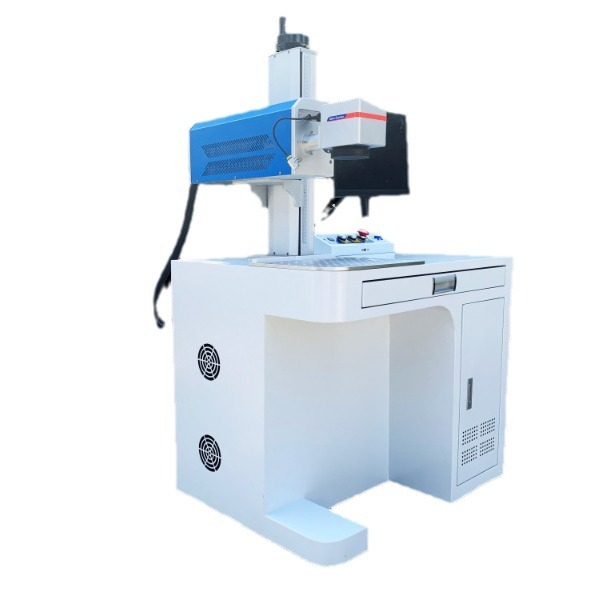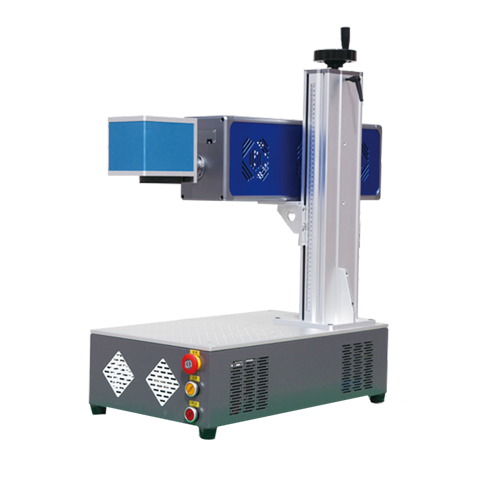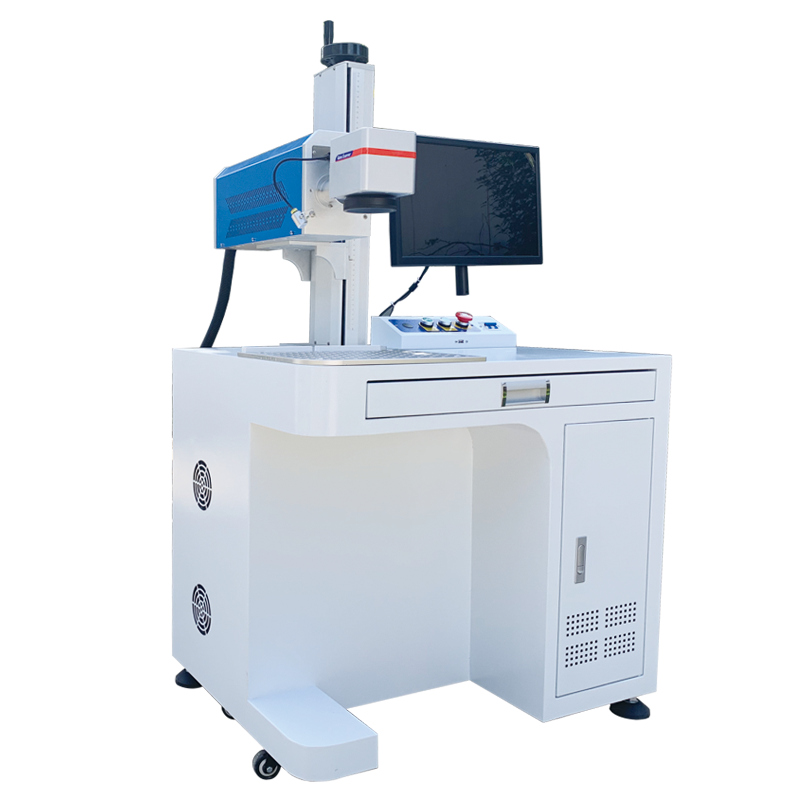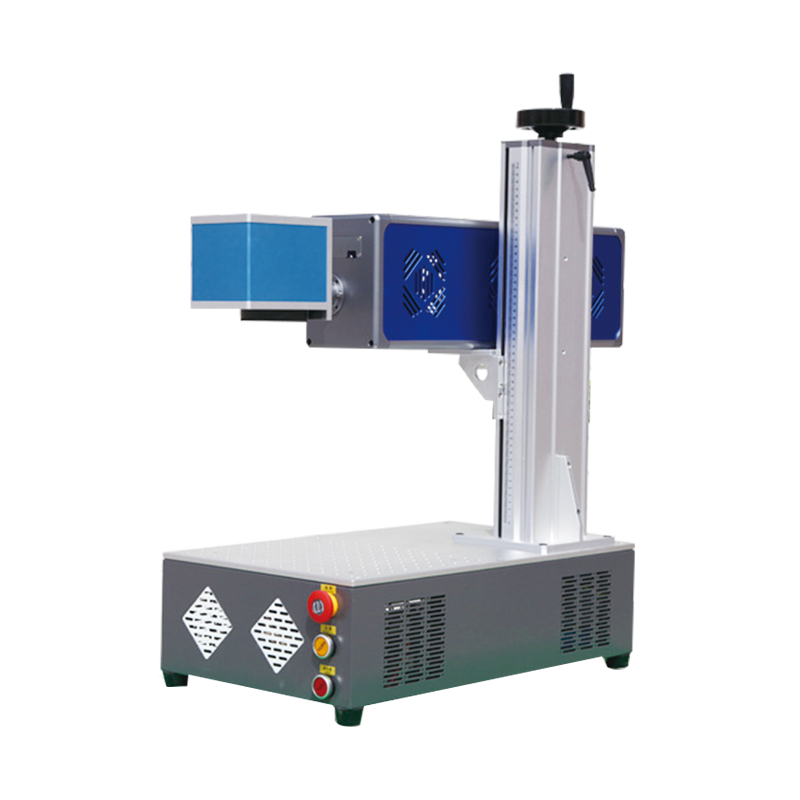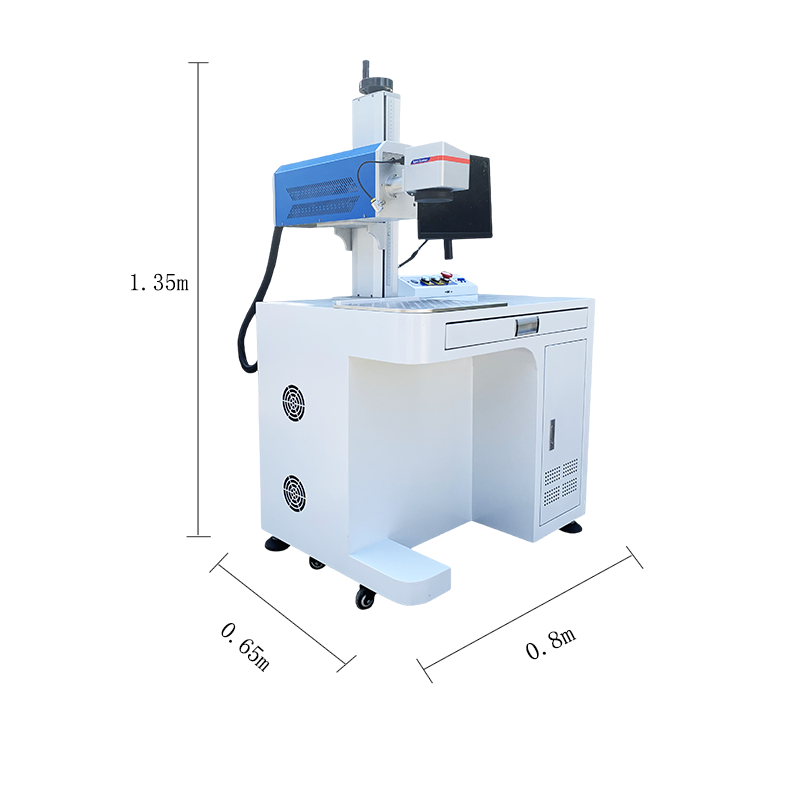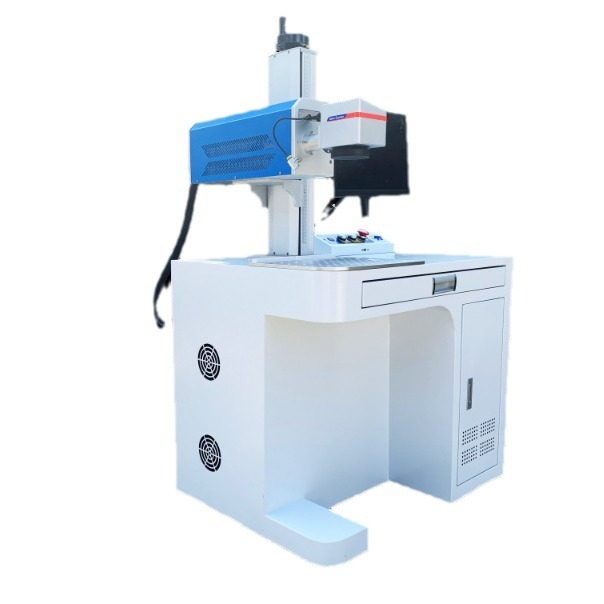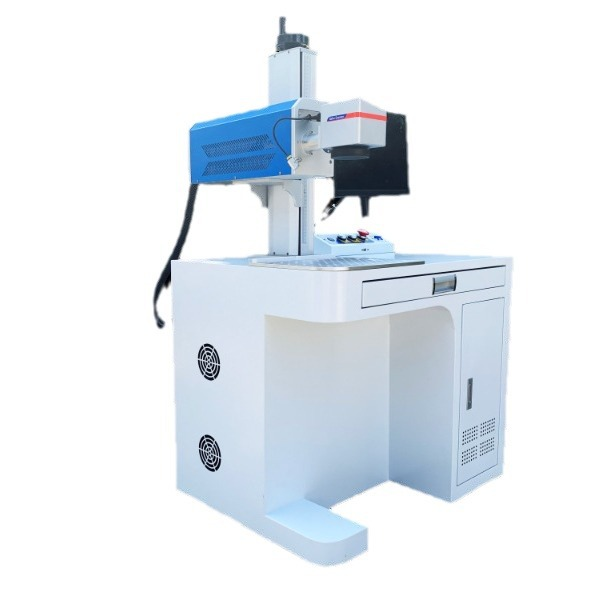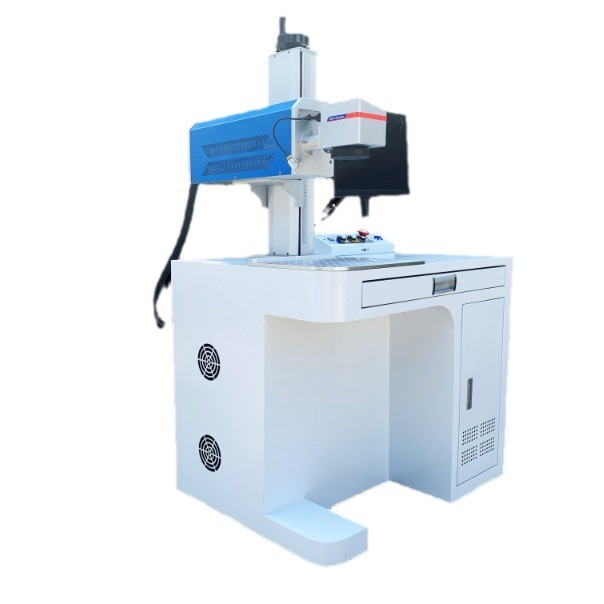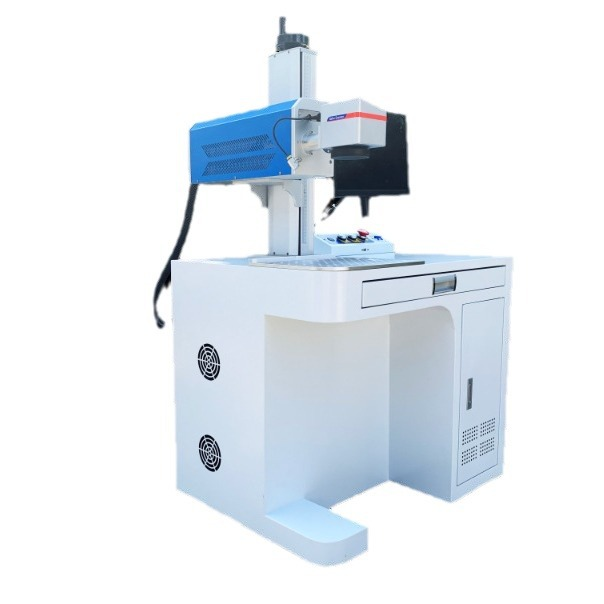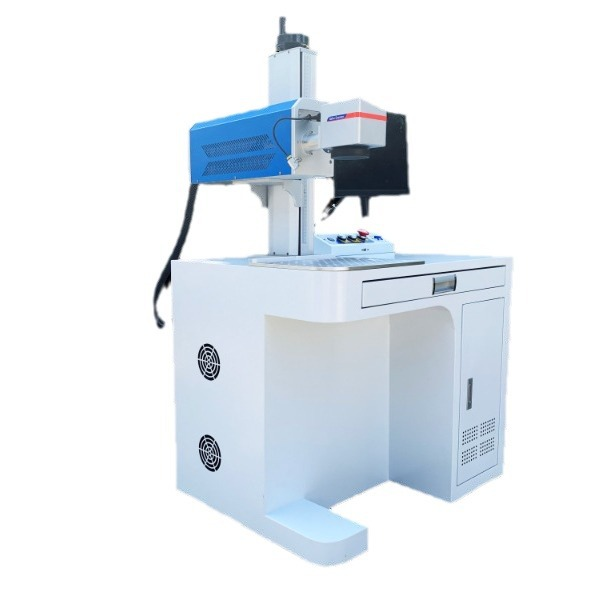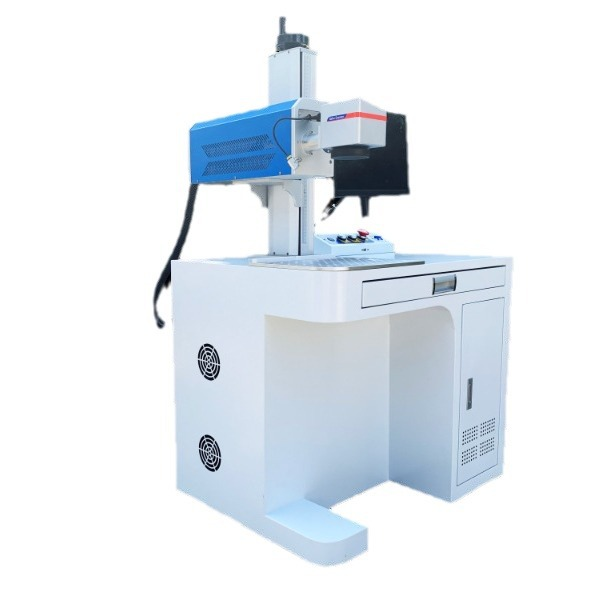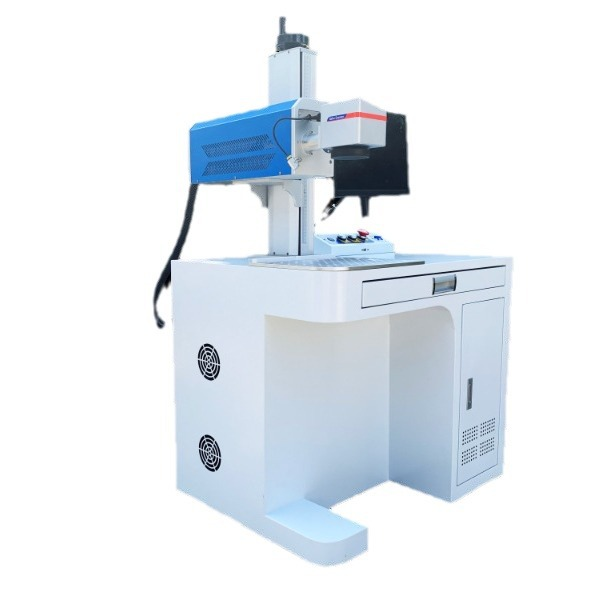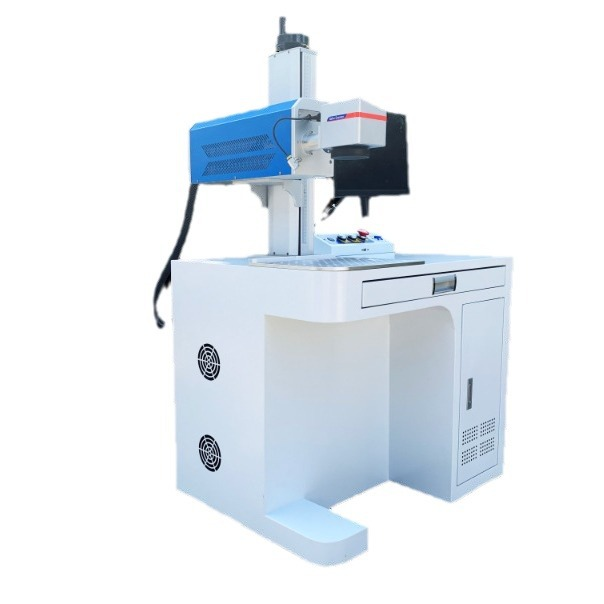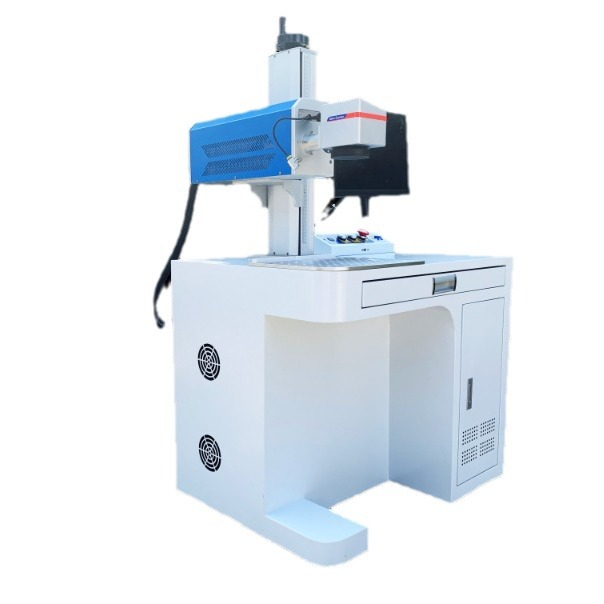Marking metal with a CO₂ laser machine is challenging because CO₂ lasers (typically 10.6 μm wavelength) are primarily absorbed by non-metallic materials like plastics, wood, and acrylic. Metals, being highly reflective and conductive, usually require fiber or Nd:YAG lasers for direct engraving.
However, you can mark metal with a CO₂ laser using one of these methods:
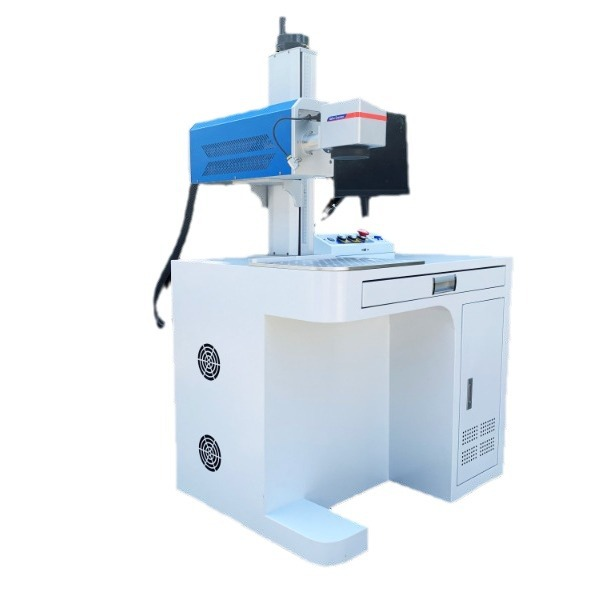
1. Laser Marking with a Coating (Annealing/Engraving)
Apply a laser-sensitive marking spray or paste (e.g., CerMark, LaserBond, or Thermark) to the metal surface. The CO₂ laser interacts with the coating, bonding it permanently to the metal.
Steps:
Clean the metal surface (remove oils, dirt).
Apply the marking compound evenly.
Dry if necessary (some sprays require curing).
Laser engrave (low to medium power, high speed).
Wipe off excess residue (some coatings require post-heating).
2. Anodized Aluminum Marking
CO₂ lasers can mark anodized aluminum by vaporizing the colored layer, revealing the raw metal underneath.
Settings: Low to medium power, high speed.
3. Paint or Powder Coating Removal
If the metal has a painted/powder-coated layer, the CO₂ laser can remove it to create contrast.
Settings: Adjust power to avoid damaging the base metal.
Limitations of CO₂ Lasers on Bare Metal:
Bare steel, stainless steel, or titanium usually require a marking compound.
Copper, brass, and gold are highly reflective and difficult to mark without coatings.
Deep engraving is inefficient compared to fiber lasers.

